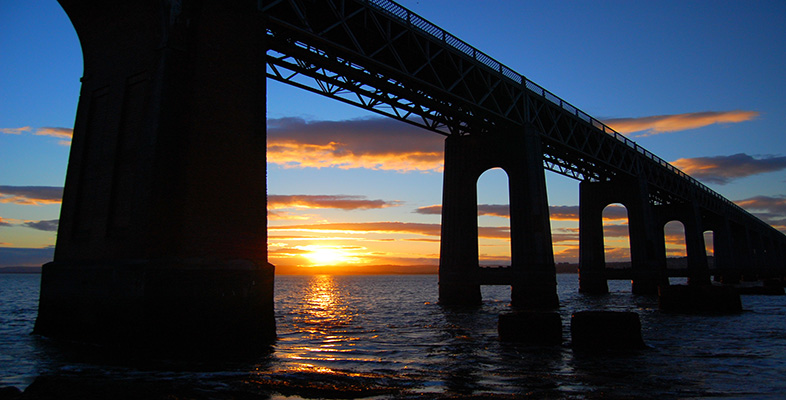4.9 Survey results
We have inspected some of the remains of the collapsed bridge using the set of photographs taken shortly after the disaster for the official inquiry. It is important to emphasise that the pictures form only a small part of the total of fifty, but those chosen were selected to give the clearest evidence of the failure modes in the cast-iron piers that supported the high girders. They are by the far the best real evidence to rely on to understand how and why the structure failed.
It would have been better to have the actual cast-iron lugs or even columns that failed, but they have apparently been lost irretrievably. Even if some had survived, however, there could be no guarantee of their provenance: exactly what pier and tier they came from, and so on. The pictures, on the other hand, show us the failed components almost exactly as they were in situ a few days after the accident. You can be confident the evidence is fresh and intact from interference – apart from some components perhaps being moved a little by the photographer.
We saw from those pictures that the wrought iron struts and tie bars were generally tough and survived intact, despite gross distortion having occurred in some cases. The cast iron survived less well owing to its brittle behaviour in tension, brittle cracking occurring at the flanges and lugs of the columns. In particular, the single lugs at the bases of the columns appeared particularly susceptible to fracture across the bolt holes when tensioned by the tie bars.
The evidence from piers 1 and 3 was especially striking, with fractured bottom lugs facing east and some nine lug ends scattered over the floor of the platform. There was supporting evidence for lower lug fracture in the large debris piles on piers 4 and 5, as well as the centre part of pier 28, one of the two standing piers left after the accident. Other lugs could have failed: a pair of upper lugs being seen on the collapsed columns of pier 4, columns of different form from those specified in the original designs of the bridge (Figures 14–18 in Section 3.3).
Although we have examined only two piers where destruction was total, they show only columns from the western set of tiers were still present on the piers. Those columns fell towards the east and they remained attached together, probably falling as a group. Presumably, the eastern set of three columns was pulled over into the water to the east of the piers, where the intact high girders were found.
